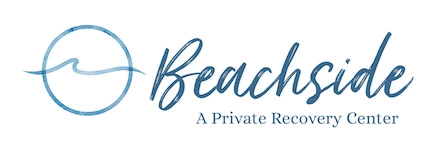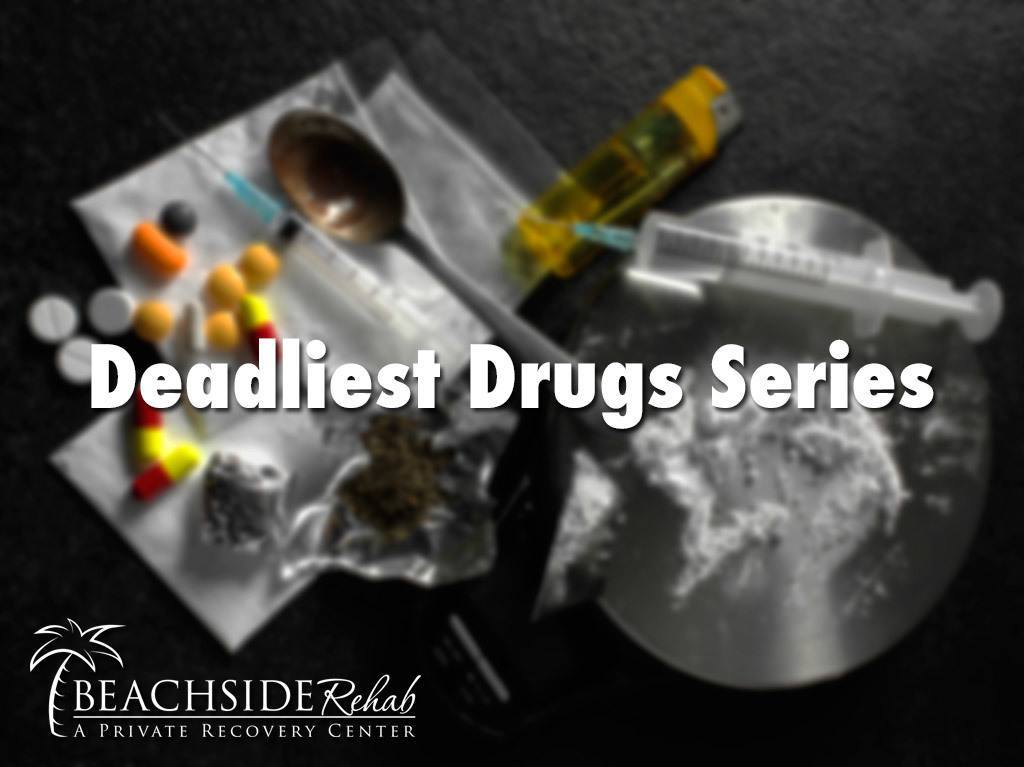Trends in drug use change all the time, depending on the availability, legality, and expense of various substances. As a substance abuse rehab facility, we stay up-to-date with global and local trends. However, common public perceptions about substance abuse are often misguided and resort to harmful stereotypes that further stigmatize addiction and rehabilitation.
In our ongoing series, Deadliest Drugs, we’ll provide key information about some of the most common – and most dangerous – drugs affecting our patients. This series aims to deliver a comprehensive overview of these different substances so that you can understand and identify the side effects, withdrawal symptoms, and dangers of these drugs. For more in-depth information about a specific drug and its effects, consult your doctor or contact Beachside Rehab.
How Do We Define ‘Deadliest’?
There are many different ways to define and categorize the harm done to patients by substance abuse. Long-term abuse often results in serious physiological and neurological damage to the patient, even after they have detoxed and are leading a sober life. Furthermore, addiction causes mental and emotional harm and can result in the deterioration of relationships, an inability to find or maintain a job, and low self-esteem. We can also consider the larger implications of substance abuse, like the economic impact of absenteeism, or the costs of incarceration to the state.
A number of studies have been done to determine which substances are the most dangerous. This is a complicated field of studies, as there are so many factors that need to be taken into account. However, one particular study from 2010 led by Professor David Nutt of Drug Science – a scientific charity and research organization – is often held as the definitive work on this subject. In their study, researchers established sixteen criteria for ‘harm’ caused by substance abuse, which was divided into direct and indirect harm. Direct harm to the user includes issues like overdose and mortality likelihood, mental impairment, physical injury, and dependence. Indirect harm looked at harm done to others, including the socioeconomic impact of substance abuse, social destabilization, family adversities, crime, and the potential for injury to others.
Members of the Independent Scientific Committee were brought together to score each drug according to these different criteria, which were weighted to indicate their relative impact. Each substance received a score out of 100.
The Findings: What is the Deadliest Drug?
You may find it surprising, but alcohol was actually ranked the most dangerous substance, with a score of 72. Heroin and crack cocaine were at second and third (scoring 55 and 54, respectively).
The significance of the study is that, while most people would consider heroin the most dangerous drug, the harm caused by alcohol was found to have a much greater and far-reaching impact – especially in its potential to cause indirect harm to others.
Beachside Rehab’s Deadliest Drugs
The aforementioned study was carried out in the UK, and was more reflective of their society. For our series, we’ll be focusing on drugs that are more commonly used in the United States. In our line of work, for example, we see many patients who have abused prescription drugs. We’ve also decided to include other substances not included in the Drug Science study, namely maintenance drugs that are used to help addicts off of ‘harder’ substances; unfortunately, these replacement substances can sometimes be as dangerous as drugs like heroin.
We hope you find the series educational and informative. Please feel free to contact us if you have any further questions about our Deadliest Drug series, the substances we cover, or treatment options.

